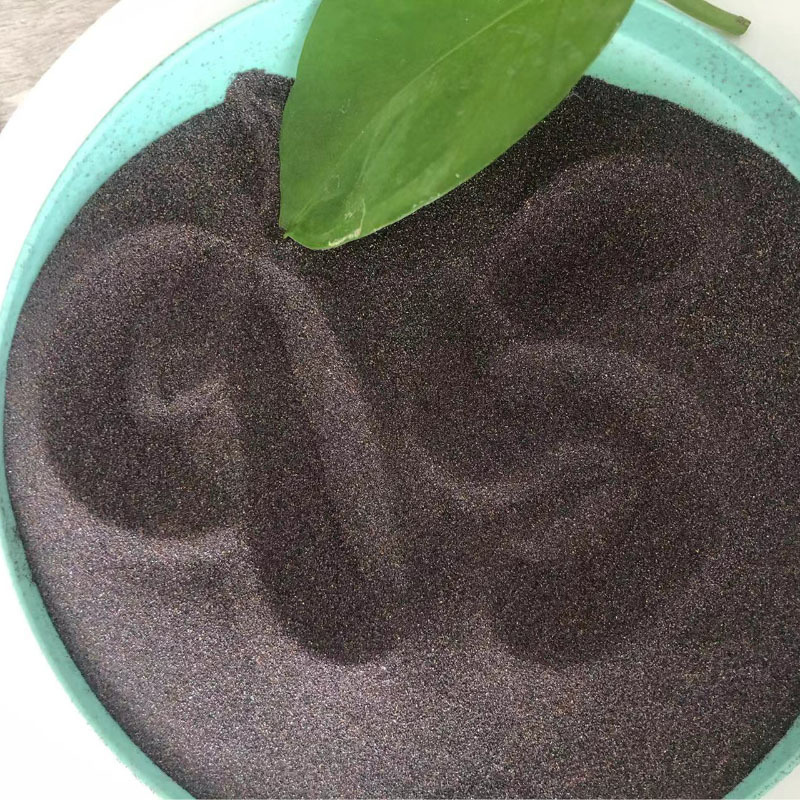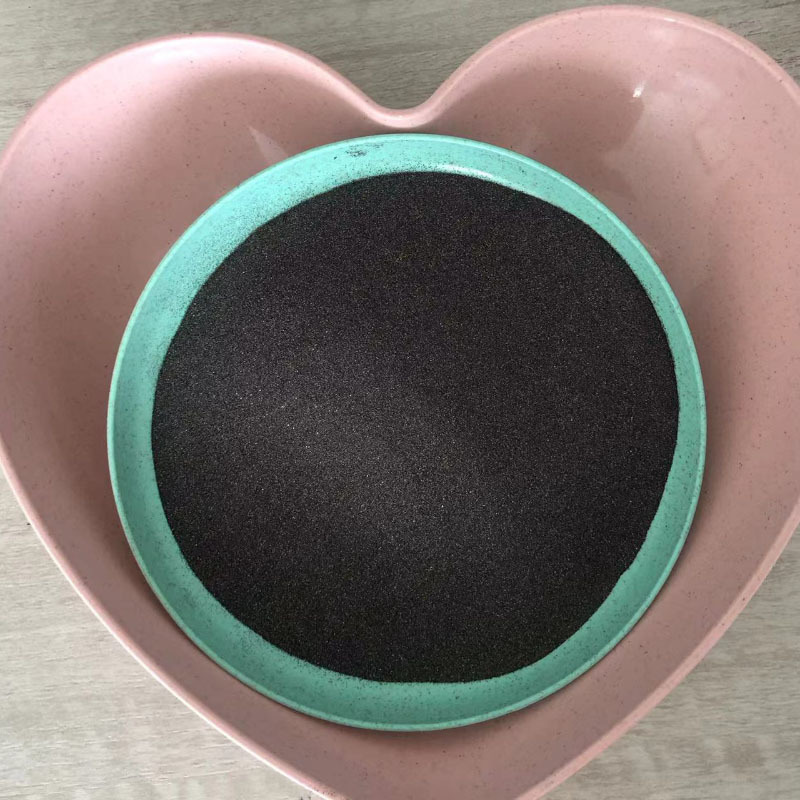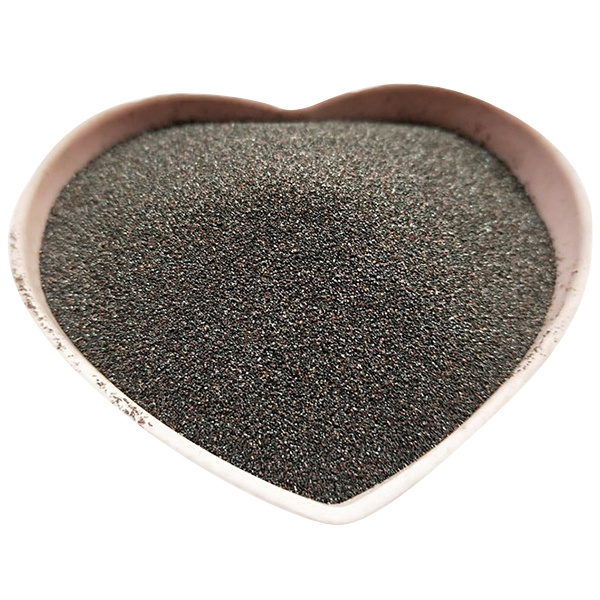Understanding Calcine Rutile Sand 95%: Characteristics and Applications in Chemical Industry
Release Time:
Jul 26,2025
Calcine Rutile Sand 95% is a specialized mineral that plays a pivotal role in the chemical and materials industry. Known for its high purity and excellent properties, this sand is primarily derived from the processing of titanium dioxide ores. Calcination—a thermal treatment process—enhances its quality by removing impurities and increasing its titanium dioxide content to around 95%. This high pur
Calcine Rutile Sand 95% is a specialized mineral that plays a pivotal role in the chemical and materials industry. Known for its high purity and excellent properties, this sand is primarily derived from the processing of titanium dioxide ores. Calcination—a thermal treatment process—enhances its quality by removing impurities and increasing its titanium dioxide content to around 95%. This high purity level makes it an invaluable resource across several applications.
One of the most notable characteristics of Calcine Rutile Sand 95% is its exceptional chemical stability. This stability allows it to withstand harsh chemical environments, making it a preferred choice in the production of pigments and coatings. In the paint industry, for example, it is widely used to produce high-quality white pigments. The titanium dioxide present in the sand provides excellent opacity, brightness, and durability, ensuring that products maintain their aesthetic appeal over time.
In addition to its use in pigments, Calcine Rutile Sand 95% finds application in the ceramics and glass industries. The sand's high melting point and low expansion coefficient are critical for producing high-strength ceramic materials and glass products. It helps to improve the mechanical strength of ceramics while also enhancing their thermal resistance. This makes it ideal for use in applications requiring durable and heat-resistant materials, such as tiles, sanitaryware, and industrial ceramics.
Another important aspect of Calcine Rutile Sand 95% is its role as a filler material in various manufacturing processes. This sand's fine particle size and high purity allow it to be used effectively in various composite materials, providing enhanced strength and durability without compromising the end product's quality. Industries such as plastics, rubber, and construction frequently utilize this versatile material to improve performance and reduce production costs.
Furthermore, the environmental impact of Calcine Rutile Sand 95% is a point of interest. The extraction and processing methods of this sand are continuously evolving, with many companies focusing on sustainable practices to minimize ecological footprints. This shift towards eco-friendly approaches not only benefits the environment but also aligns with the growing demand for sustainable materials across industries.
In conclusion, Calcine Rutile Sand 95% is an essential material in the chemical industry, characterized by its high purity and versatile applications. From pigments to ceramics and as a filler in composites, its unique properties make it a valuable resource. As industries continue to innovate and prioritize sustainability, Calcine Rutile Sand 95% will remain a crucial component in developing advanced materials and processes.
One of the most notable characteristics of Calcine Rutile Sand 95% is its exceptional chemical stability. This stability allows it to withstand harsh chemical environments, making it a preferred choice in the production of pigments and coatings. In the paint industry, for example, it is widely used to produce high-quality white pigments. The titanium dioxide present in the sand provides excellent opacity, brightness, and durability, ensuring that products maintain their aesthetic appeal over time.
In addition to its use in pigments, Calcine Rutile Sand 95% finds application in the ceramics and glass industries. The sand's high melting point and low expansion coefficient are critical for producing high-strength ceramic materials and glass products. It helps to improve the mechanical strength of ceramics while also enhancing their thermal resistance. This makes it ideal for use in applications requiring durable and heat-resistant materials, such as tiles, sanitaryware, and industrial ceramics.
Another important aspect of Calcine Rutile Sand 95% is its role as a filler material in various manufacturing processes. This sand's fine particle size and high purity allow it to be used effectively in various composite materials, providing enhanced strength and durability without compromising the end product's quality. Industries such as plastics, rubber, and construction frequently utilize this versatile material to improve performance and reduce production costs.
Furthermore, the environmental impact of Calcine Rutile Sand 95% is a point of interest. The extraction and processing methods of this sand are continuously evolving, with many companies focusing on sustainable practices to minimize ecological footprints. This shift towards eco-friendly approaches not only benefits the environment but also aligns with the growing demand for sustainable materials across industries.
In conclusion, Calcine Rutile Sand 95% is an essential material in the chemical industry, characterized by its high purity and versatile applications. From pigments to ceramics and as a filler in composites, its unique properties make it a valuable resource. As industries continue to innovate and prioritize sustainability, Calcine Rutile Sand 95% will remain a crucial component in developing advanced materials and processes.
Keywords:
You Can Also Learn More About Industry Trends





